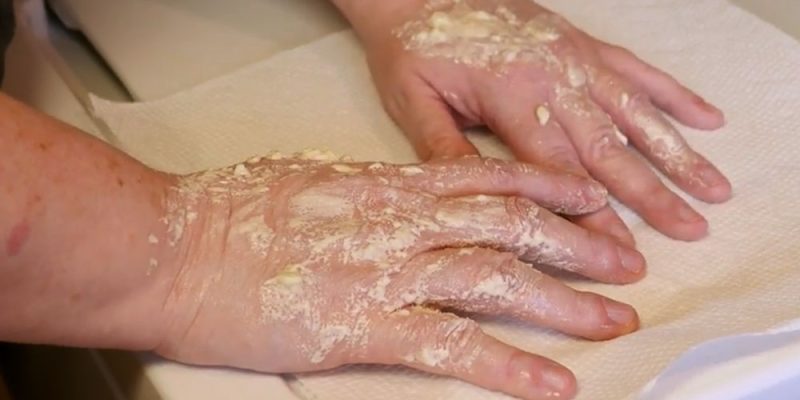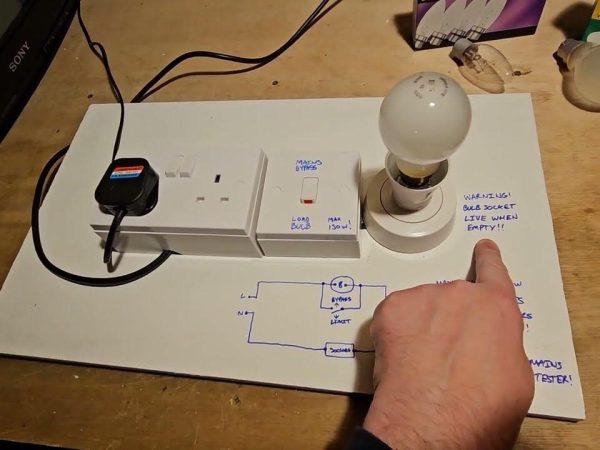How to Get Spray Foam Off Your Hands: Quick & Easy Removal Tips

Spray foam is one of the most useful materials for insulation, sealing, and home improvement projects. However, anyone who has used it knows how messy it can get. Once spray foam lands on your hands, it sticks fast and hardens quickly, making it tough to remove. If you are wondering how to get spray foam off your hands without damaging your skin, you are in the right place.
In this complete guide, you will learn quick, safe, and practical methods to remove spray foam from your hands. We will also share prevention tips, safety measures, and frequently asked questions to help you handle spray foam confidently.
Understanding What Spray Foam Is
Spray foam, also known as expanding foam, is a polyurethane-based material used for sealing cracks, filling gaps, and insulating walls or roofs. It expands upon contact with air and forms a solid, waterproof barrier. While this makes it excellent for construction, it also means that if it touches your skin, it can stick firmly and harden within minutes.
There are two main types of spray foam — open-cell and closed-cell foam. Both can adhere strongly to the skin, but the closed-cell variety tends to be more difficult to remove because it cures into a dense, hard surface.
Act Quickly Before the Foam Hardens
Time is critical when spray foam comes into contact with your skin. If you act fast, you can remove it before it hardens completely.
Here’s what to do immediately:
- Wipe off the excess foam with a paper towel or disposable cloth before it starts to cure.
- Avoid rubbing your hands together, as this can spread the foam and make it harder to remove.
- Use acetone (found in many nail polish removers) to dissolve the uncured foam gently.
- Wash your hands thoroughly with soap and warm water afterward.
Remember, the sooner you react, the easier the cleanup will be.
Removing Uncured Spray Foam with Acetone
If the spray foam is still wet or tacky, acetone is your best friend. Acetone breaks down polyurethane effectively and prevents it from bonding permanently to your skin.
Follow these steps:
- Pour a small amount of acetone onto a clean cloth or cotton pad.
- Gently rub the affected area in circular motions.
- Continue until the foam begins to loosen and dissolve.
- Wash your hands with soap and warm water.
- Apply hand cream or moisturizer to prevent dryness, as acetone can strip your skin’s natural oils.
Always test a small patch of skin first to make sure you do not have a sensitivity to acetone.
How to Remove Cured Spray Foam from Hands
If the spray foam has already hardened, it becomes much more difficult to remove — but not impossible. Here are some effective methods you can try:
Method 1: Soaking in Warm, Soapy Water
Soak your hands in warm, soapy water for at least 15 to 20 minutes. This will soften your skin and help loosen the foam. Gently peel off or rub the softened foam with your fingers or a soft cloth.
Method 2: Use Petroleum Jelly or Oil
Apply a generous amount of petroleum jelly, baby oil, or olive oil to the affected area. These oils penetrate the foam and help release it from your skin. Let it sit for 10 minutes before gently rubbing it off.
Method 3: Pumice Stone or Nail File
For stubborn spots, use a pumice stone or nail file gently to remove the top layer of the foam. Do not scrub too hard, as this can irritate your skin.
Natural Alternatives to Remove Spray Foam
If you prefer natural options or want to avoid chemicals, here are a few alternatives that can help:
- Coconut Oil: Softens foam residues and moisturizes your hands.
- Salt and Lemon Scrub: Mix equal parts salt and lemon juice to create a natural exfoliant that can help scrub away foam remnants.
- Baking Soda Paste: Combine baking soda and water to make a mild abrasive paste that can lift foam from the skin without irritation.
These methods take longer to work but are gentler and safer for sensitive skin.
What Not to Do When Removing Spray Foam
When you are frustrated with hardened spray foam on your hands, it can be tempting to try anything to get it off. However, some methods can do more harm than good. Avoid these mistakes:
- Do not use sharp objects like knives or blades to scrape off the foam. This can cut your skin.
- Do not use harsh solvents such as paint thinner or gasoline. They are too strong for skin and can cause chemical burns.
- Do not pick or peel aggressively at the foam. It will naturally slough off as your skin regenerates.
Patience and gentle methods will save your skin from unnecessary damage.
Aftercare: Soothing and Healing Your Skin
Once the foam is removed, your skin may feel dry, irritated, or rough. To restore it, follow these steps:
- Wash your hands with mild soap and warm water to remove any residue.
- Apply a hydrating lotion or hand cream with ingredients like aloe vera, shea butter, or vitamin E.
- If you experience redness or irritation, use a soothing cream or natural oil such as coconut or jojoba oil.
- Keep your hands moisturized regularly to prevent cracking or peeling.
Your skin will heal faster if you keep it nourished and protected.
How to Prevent Spray Foam from Sticking to Your Hands
Prevention is the best solution when working with sticky materials like spray foam. Here are some proactive measures you can take:
- Wear nitrile or latex gloves: They provide a protective barrier between your skin and the foam.
- Use long sleeves and protective clothing: Cover as much exposed skin as possible.
- Apply barrier cream: Some professionals apply a thin layer of petroleum jelly or hand cream before starting work to make cleanup easier.
- Keep acetone nearby: Having it ready ensures you can act quickly if foam gets on your hands.
Taking these simple steps can save you time and frustration later.
When to Seek Medical Attention
In most cases, spray foam on your hands is just a messy inconvenience. However, there are rare situations when you should see a doctor:
- If the foam gets into your eyes or mouth.
- If you have an allergic reaction, such as itching, swelling, or redness.
- If your skin becomes painful or blistered after trying to remove the foam.
- If large areas of foam remain stuck and cannot be removed safely at home.
Always prioritize your health and safety when handling chemical-based materials.
Expert Tips for Working Safely with Spray Foam
Professionals who work with spray foam regularly follow strict safety practices to protect their skin and health. Here are a few expert recommendations:
- Work in a well-ventilated area to avoid inhaling fumes.
- Shake the can properly before use and control the flow to prevent overflow.
- Clean the nozzle regularly to prevent clogging and accidental splatter.
- Dispose of used cans properly according to local regulations.
- Keep a clean workspace and avoid touching your face or body during application.
By applying these safety tips, you can ensure a smooth and safe experience every time you use spray foam.
Conclusion
Spray foam is a powerful tool for sealing and insulating, but it can be tricky to handle. If it sticks to your hands, quick action and the right removal method can make all the difference. Acetone works best for uncured foam, while oils, soaking, and gentle scrubbing can remove hardened foam safely. Always remember to protect your skin beforehand with gloves and barrier creams.
With these easy removal tips and preventive steps, you can keep your hands clean and healthy while getting the most out of your spray foam projects.
FAQs
1. Can I use acetone on my hands safely?
Yes, but only in small amounts and for short periods. Always rinse thoroughly and moisturize afterward to prevent dryness.
2. What if I do not have acetone at home?
You can use oil-based alternatives like olive oil, baby oil, or coconut oil to loosen the foam gently.
3. Will the spray foam eventually come off by itself?
Yes, if you cannot remove all of it, the remaining bits will naturally wear off within a few days as your skin sheds.
4. Can I use hand sanitizer to remove spray foam?
Hand sanitizer contains alcohol, which might help a little with uncured foam, but it is not as effective as acetone.
5. Is spray foam harmful to skin?
Uncured spray foam can cause irritation for sensitive skin, but once cured, it is generally inert. Always wash thoroughly and use gloves to avoid contact.
Also read: How to Block Websites on Your Phone: Easy Step-by-Step Guide











